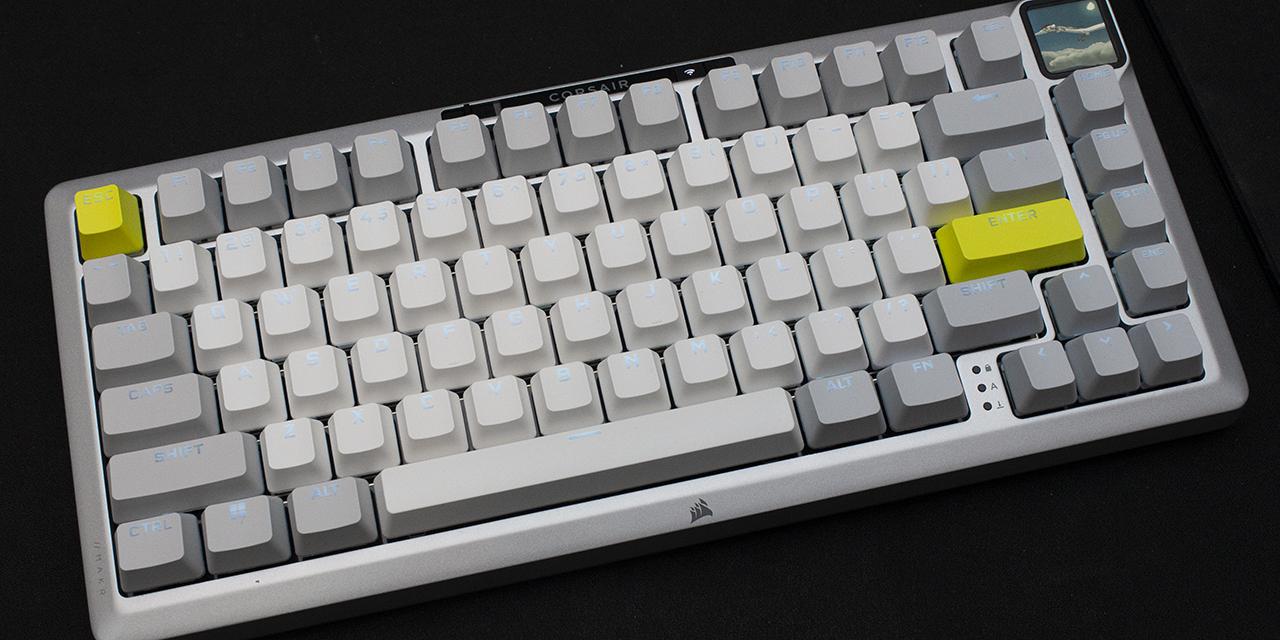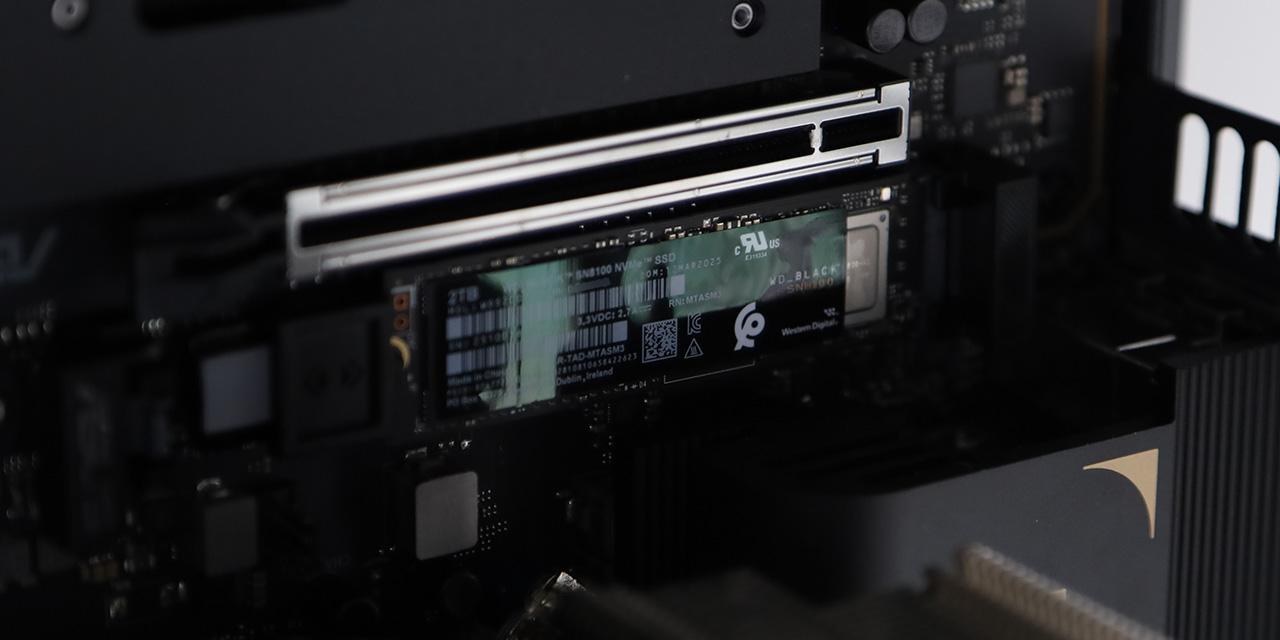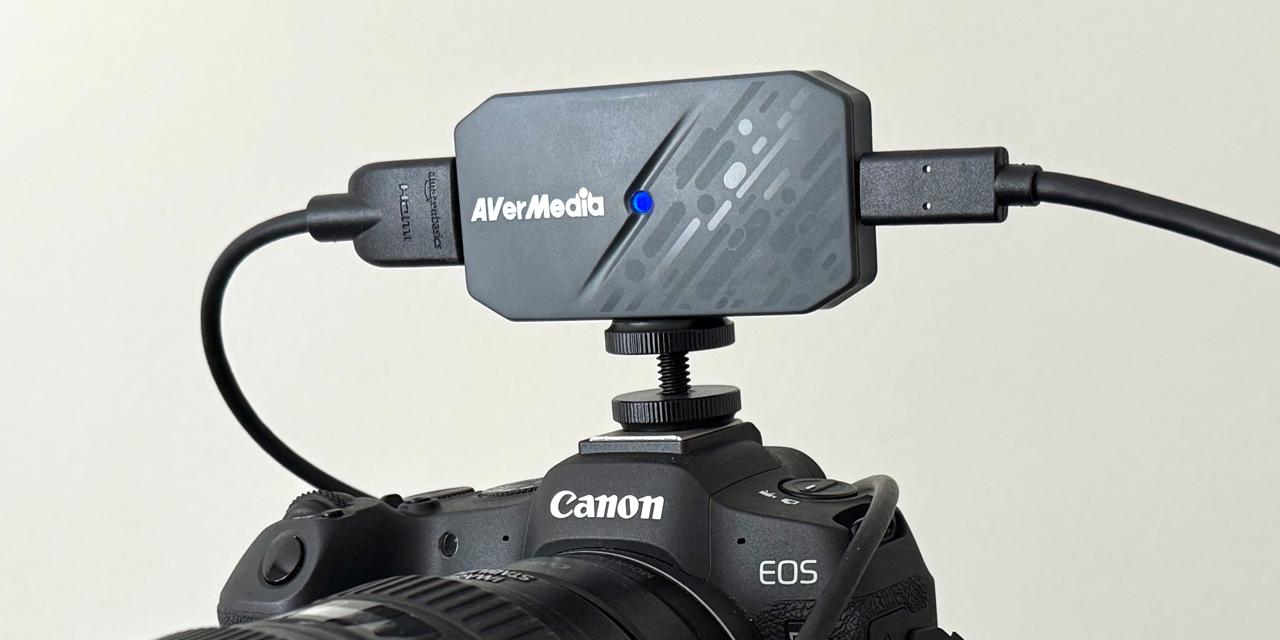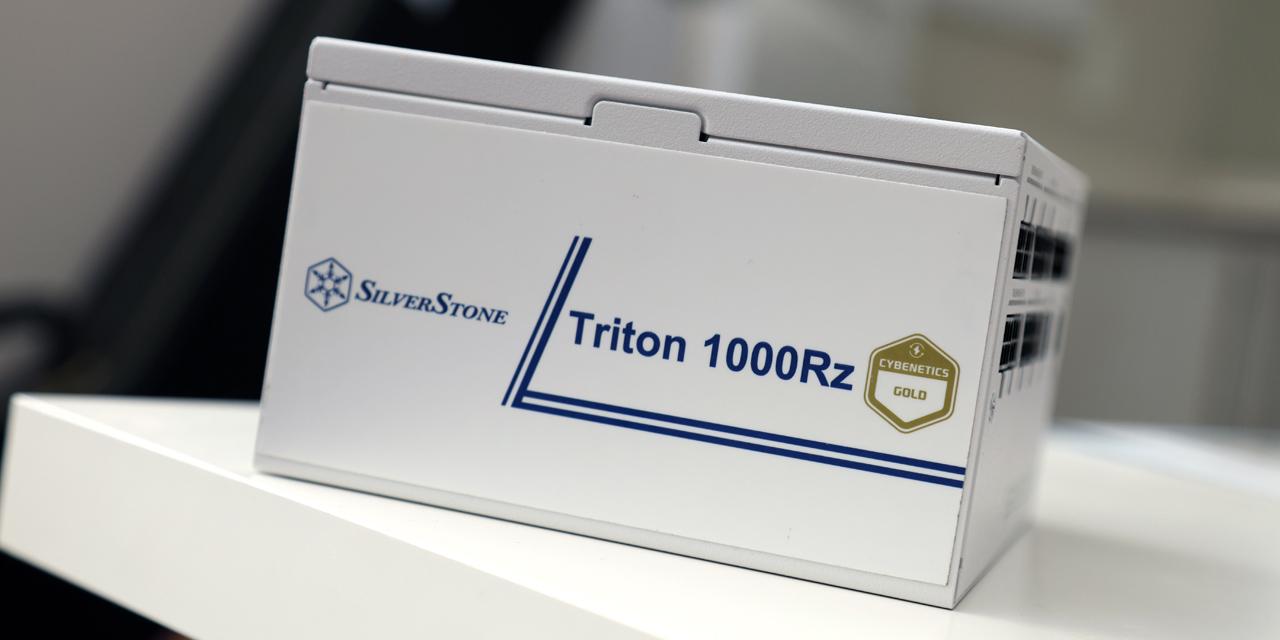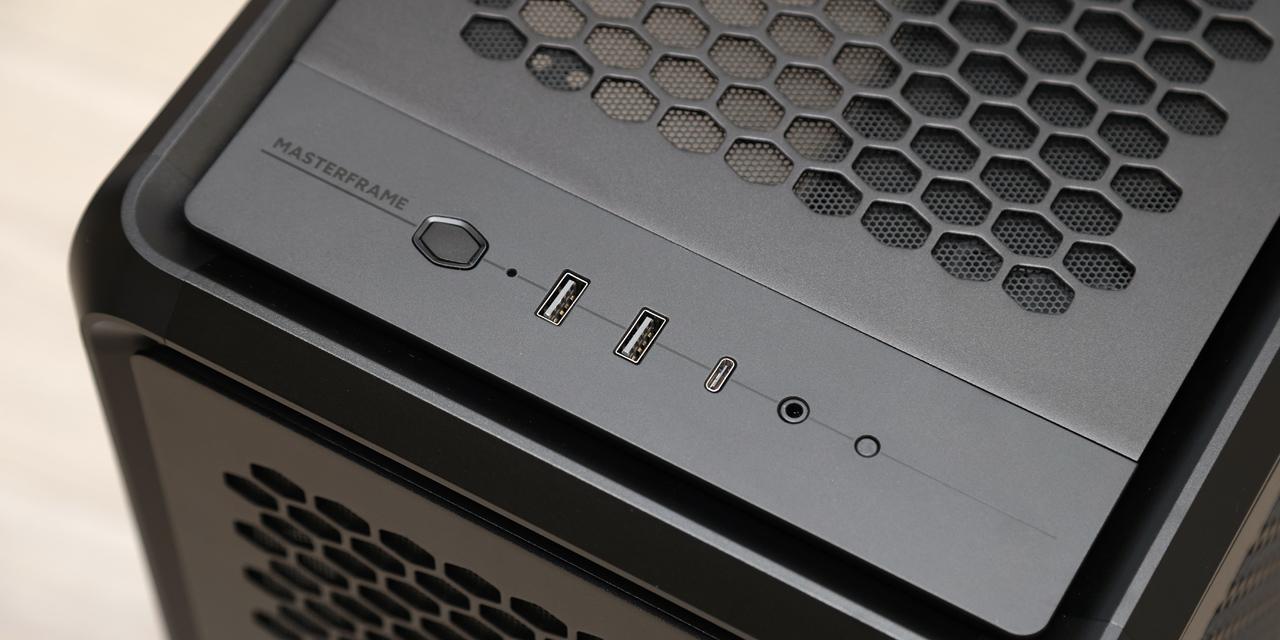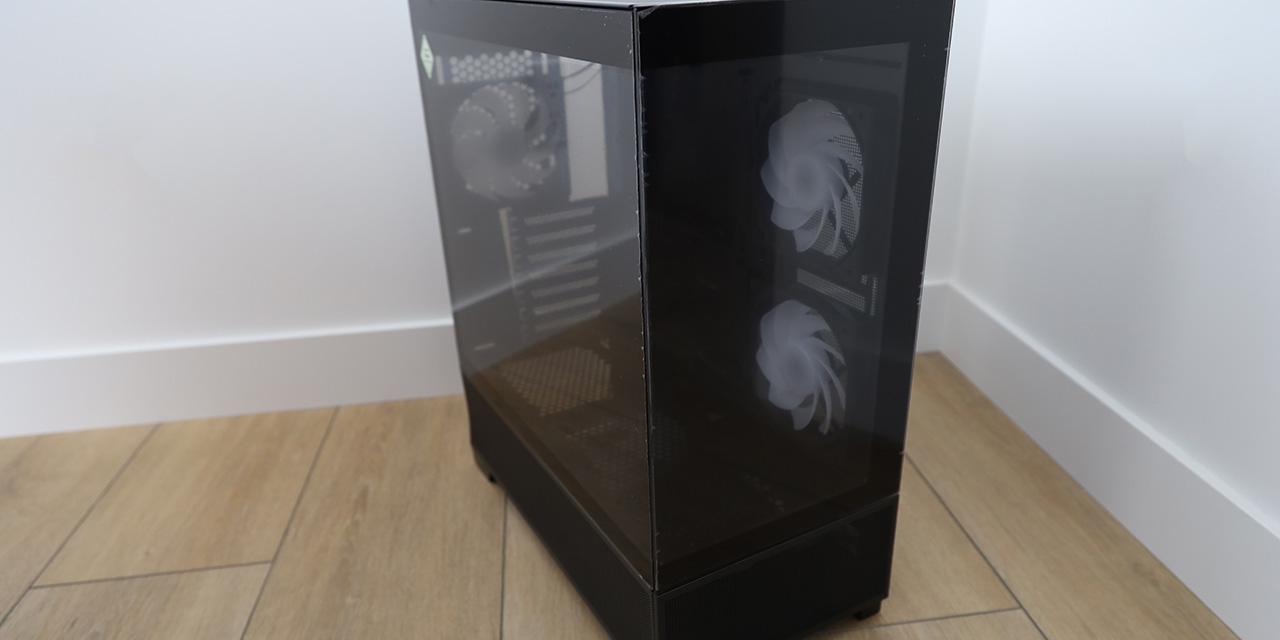
By: Jonathan Kwan
June 13, 2025
I remember when I got my first engineering job as a paid intern, I was expected to be physically present in the office from 8am to 5pm every day. The COVID era has turned remote work mainstream, and even with many return-to-office mandates nowadays, the hybrid work model and flexible scheduling has remained: We are no longer stuck being measured by how many hours we physically spend in the office. There is also language from the era as well, where statements like "Hey, sorry, you are on mute" and "Can anyone see my shared screen?" are becoming something we are all too familiar with. What gets interesting is how remote and physical work interfaces with each other. One time, a coworker asked me, "I got two scheduled back-to-back in-person meetings. How do I leave the first one if it runs overtime so I can get to the second?" I semi-joked around and said, "Why don't you try saying something like, 'Sorry, got to drop', and leave the room?" We both just laughed at the absurdity of that, even though we do that all the time on Microsoft Teams. As it can be seen, changing the interface also changes the way we behave, even though we are technically still doing the same thing. In the storage world, we have constantly seen changes in interfaces that change the way a drive performs, and today, we will investigate another interface change. Last year, I reviewed the Crucial P310 2280 1TB, the company's mainstream performance PCIe 4.0-based NVMe SSD. Today, we have the Crucial P510, which is upgraded to the latest PCIe 5.0 interface for a whopping up to 11000 MB/s read. How will this change in interface change performance, and to what extent in the real world? Read on to find out!
Our review unit of the Crucial P510 1TB arrived in a medium-sized brown corrugated cardboard box from Brownsville, Texas, which is nowhere near any Micron offices. However, this is where Avant Technology is located, which Micron partners with. Using the FedEx International Priority service, everything arrived in excellent condition to us here in Calgary, Alberta, Canada for our review today.
Crucial's retail package designs have always been about business, and the P510 1TB is no different. The simple, environmentally friendly box features the latest design, which has been updated since I reviewed its predecessor, the Crucial P310 2280 1TB. This relatively compact hanging box delivers the SSD into the hands of consumers with miscellaneous information printed on the back.
As you can see in our photo above, the box art evokes a strong business feel. A photo of the Crucial P510 NVMe SSD is shown in front of a blue background and P510 branding. At the top left corner, you will find Micron's and Crucial's logos. At the top right corner, you will find the P510 model name and product description, PCIe Gen5 NVMe 2280 M.2 SSD. At the bottom, we have the tagline, "Gen5 speed for everyday gamers, creators and more", along with text saying one month of Adobe Creative Cloud subscription is included. A sticker indicating its speed and capacity is located off to the side.
Before we move on, let us take a look at the specifications of the Crucial P510 1TB, as obtained from the manufacturer's website:
General tech specs
SSD Series: P510
Interface: NVMe (PCIe Gen 5 x4)
Total Density: 1TB
Kit Quantity: 1
Form Factor: M.2 (2280)
SSD Endurance TBW: 600TB
Speed & timing
Sequential Write: 9500 MB/s
Sequential Read: 11000 MB/s
Random Write: 1.5M IOPS
Random Read: 1.5M IOPS
Warranty & returns
Warranty Description: Crucial offers different warranty levels for different products.
Opening the box reveals the Crucial P510 1TB itself placed on a clear plastic tray. There is also a multi-language quick start guide that points you to the company's website. This is it -- out of the box, you will get nothing more than what you need. Not that we need them anyway, of course.
Page Index
1. Introduction, Packaging, Specifications
2. A Closer Look, Test System
3. Benchmark: AIDA64 Disk Benchmark
4. Benchmark: ATTO Disk Benchmark
5. Benchmark: Crystal Disk Mark 8.0
6. Benchmark: HD Tune Pro 5.70
7. Benchmark: PassMark PerformanceTest 11
8. Benchmark: PCMark 10
9. Benchmark: 3DMark
10. Conclusion
